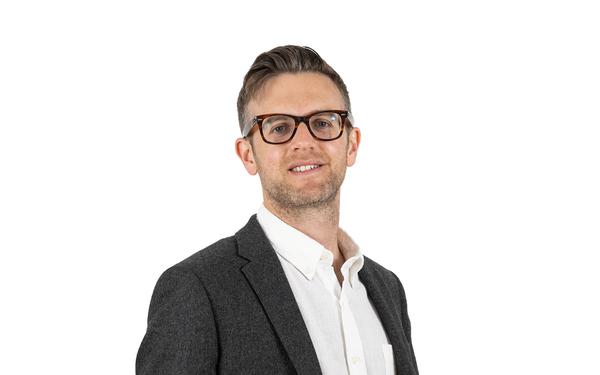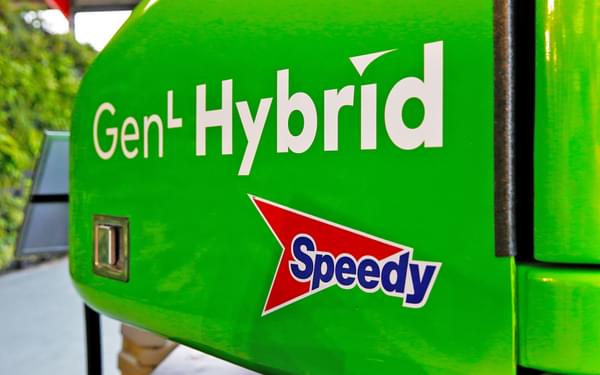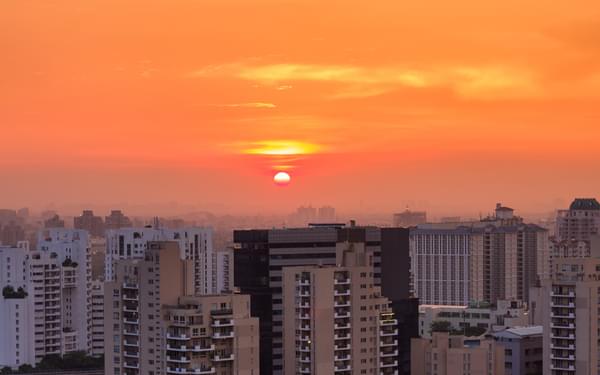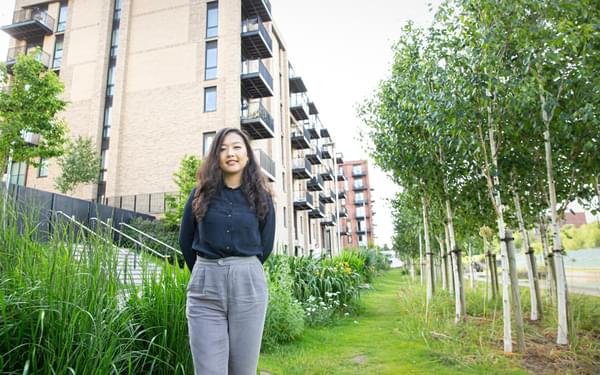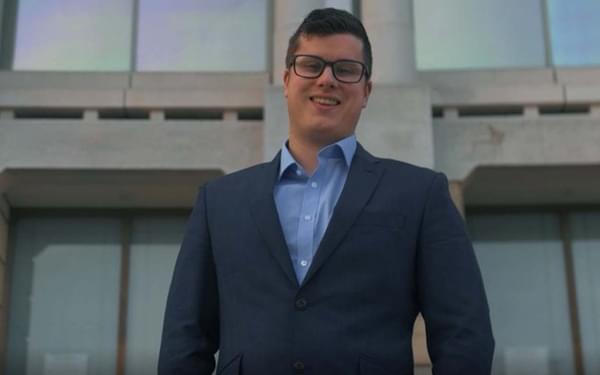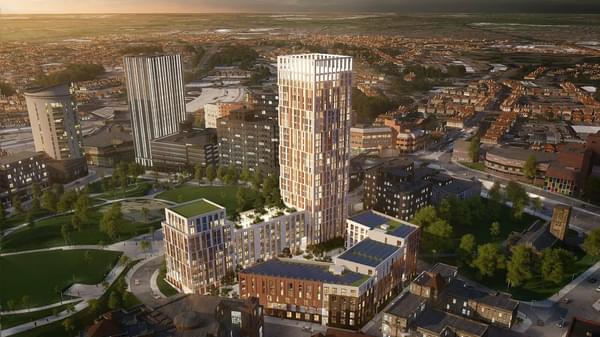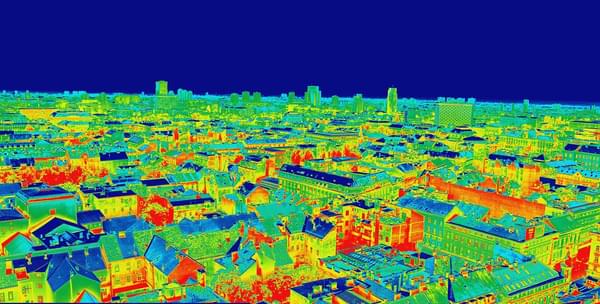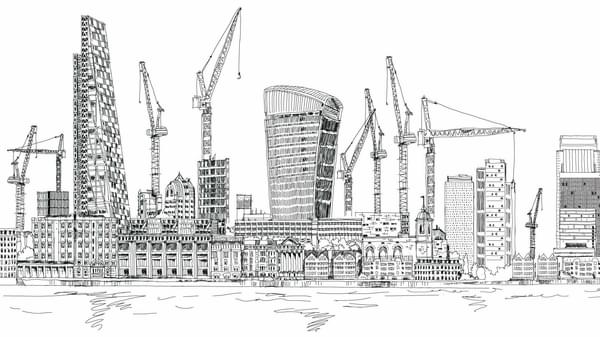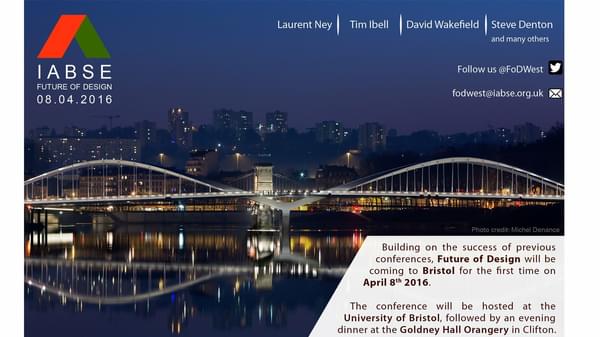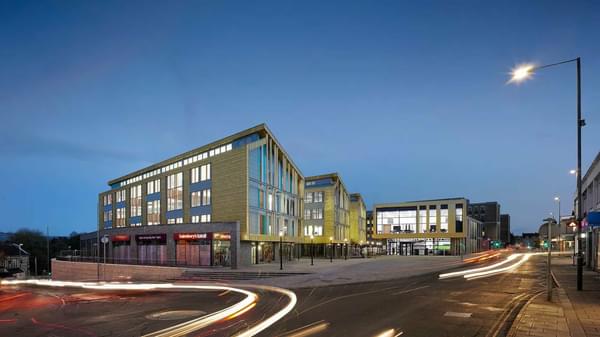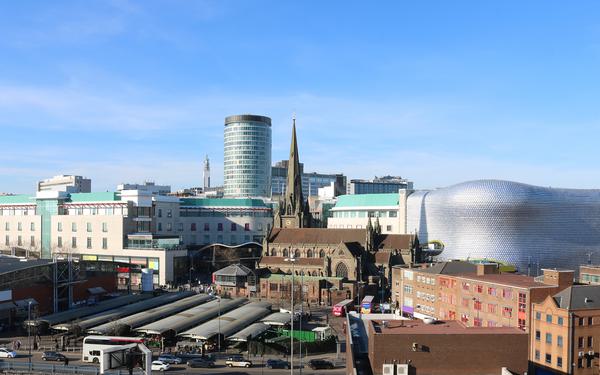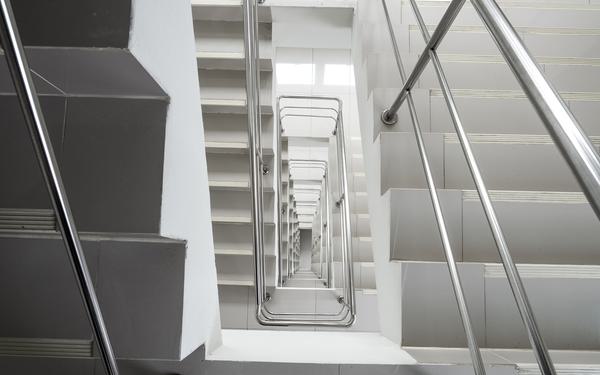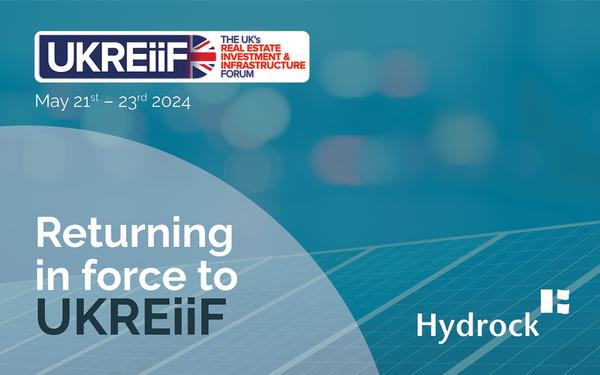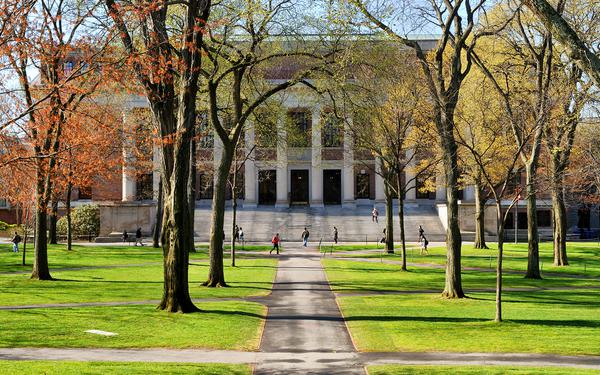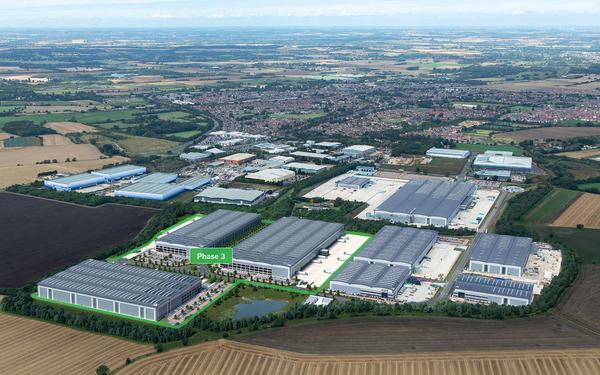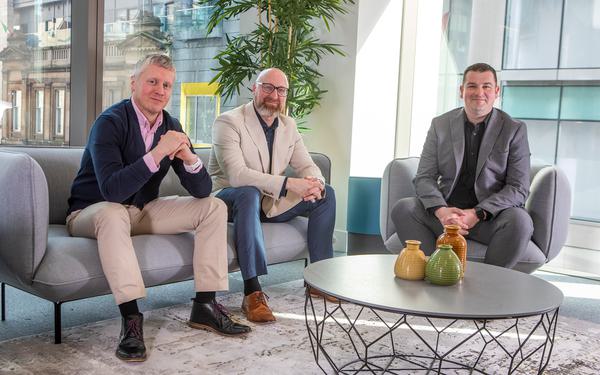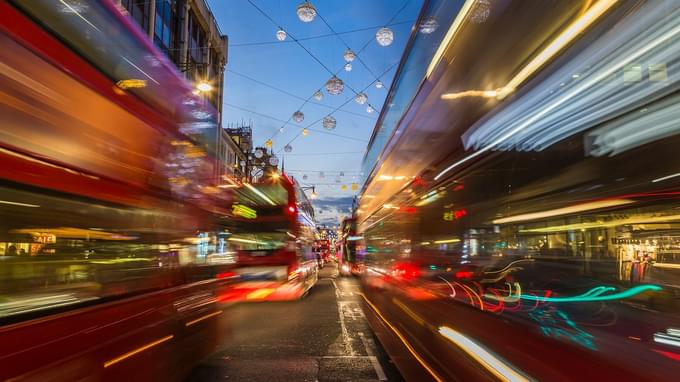
On 10th January, BBC2 aired a documentary called 'Fighting for Air', which featured a group of local residents in Birmingham who took it upon themselves to tackle air pollution on their busy high street.
One of the most promising measures implemented was a ‘green wave’, which is the synchronisation of traffic signals to enable the smoothest possible flow of traffic along a road. “Even a five per cent change [in emissions] could bring a lot of places into legal compliance… Keeping the vehicles moving [and] reducing the stop-start as much as you can really reduces the amount of fuel burnt and the amount of emissions produced” (Roland Leigh, Professor of Air Quality, University of Leicester). Their efforts reduced emissions by an impressive 10%.
Hydrock has been working with partners to demonstrate the benefits of green waves for the last year.
How green waves work
Green waves improve air quality because stops and starts are reduced. Acceleration - the most energy intensive stage of driving - generates spikes of pollutants from vehicle exhausts, however once a vehicle is in motion, the fuel required to maintain a steady speed is much less.
In addition to fuel savings and reduced emissions, wear and tear on vehicle components is also greatly reduced, as are associated “non-exhaust” emissions from brake, tyre, engine and road wear. Even zero emission electric vehicles would benefit, with reduced stops and starts significantly improving battery life and reducing component wear.
Current logic
Currently, traffic signals are optimised to minimise delays and congestion. The logic is that if vehicles stop at every light on their journey, but sit in less traffic, this is a good thing. The rationale behind this is based on average speed models, which assume that reducing journey time uses less fuel, because it calculates that average speed multiplied by engine running time equals petrol consumption. However, this is not actually the case.
A new way of thinking
The National Planning Policy Framework notes that sustainability has three strands: social, economic and environmental. Whilst queuing and delay times remain key considerations for road management, other factors can carry equal or greater weight – including air quality.
Take a 4km journey in a 1384kg vehicle (the EU average), moving through seven sets of traffic lights. If the car stops at every light and waits for 10 seconds it will use 2.3kWh of energy (the equivalent of 23 hours of watching TV).
If that same car drove the trip without stopping and starting it would use around 1.25 kWh – nearly half the energy. If it doesn’t have to stop on the journey, the car could sit at the first set of traffic lights for ten minutes, engine running, and still consume the same energy as the car stopping and starting.
This huge energy difference is achieved because idling vehicle fuel consumption is a fraction of consumption during acceleration, and lower than consumption when cruising.
Modelling a new approach
Hydrock has used microsimulation modelling tool, VISSIM, to simulate the behaviour of individual vehicles that account for multiple variables including specific gear changes and even the aggression profiles of drivers.
The model demonstrates the transportation, energy and air quality benefits of adopting a green waves approach, and we are keen to apply these benefits on complex urban road networks.
The future of transport
Green waves are just one example of how Hydrock is tackling future transport challenges across disciplines that include air quality, noise, carbon accounting, transport planning, transport modelling, and transport policy.
To talk to us or for more information please contact Mark Nichols , Air Quality, or James McKechnie, Director, Transportation.
